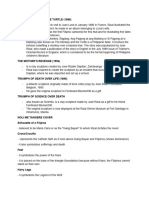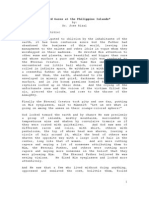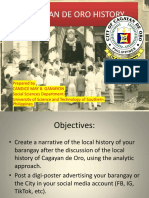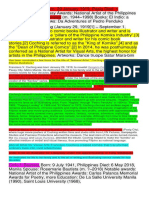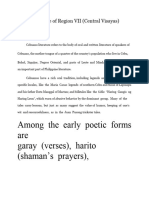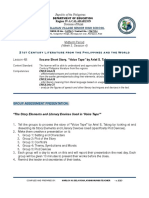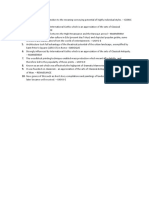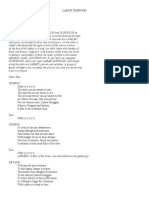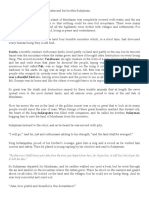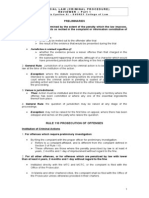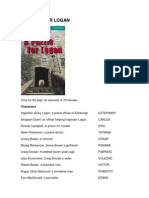0% found this document useful (0 votes)
718 views19 pagesOrigin of The First Man and Woman According To The Visayans: Presenter
The document summarizes a Visayan myth about the origin of the first man and woman. It describes how the gods Kaptan and Maguayan created the first humans, Sicalac and Sicavay, from a bamboo plant. Sicalac and Sicavay married and had children, including Sibu, who gave his name to the island of Cebu. The myth explains the origins of practices like concubinage, theft, and death according to Visayan tradition.
Uploaded by
ESPERANZA SANTIAGOCopyright
© © All Rights Reserved
We take content rights seriously. If you suspect this is your content, claim it here.
Available Formats
Download as PDF, TXT or read online on Scribd
0% found this document useful (0 votes)
718 views19 pagesOrigin of The First Man and Woman According To The Visayans: Presenter
The document summarizes a Visayan myth about the origin of the first man and woman. It describes how the gods Kaptan and Maguayan created the first humans, Sicalac and Sicavay, from a bamboo plant. Sicalac and Sicavay married and had children, including Sibu, who gave his name to the island of Cebu. The myth explains the origins of practices like concubinage, theft, and death according to Visayan tradition.
Uploaded by
ESPERANZA SANTIAGOCopyright
© © All Rights Reserved
We take content rights seriously. If you suspect this is your content, claim it here.
Available Formats
Download as PDF, TXT or read online on Scribd
/ 19










